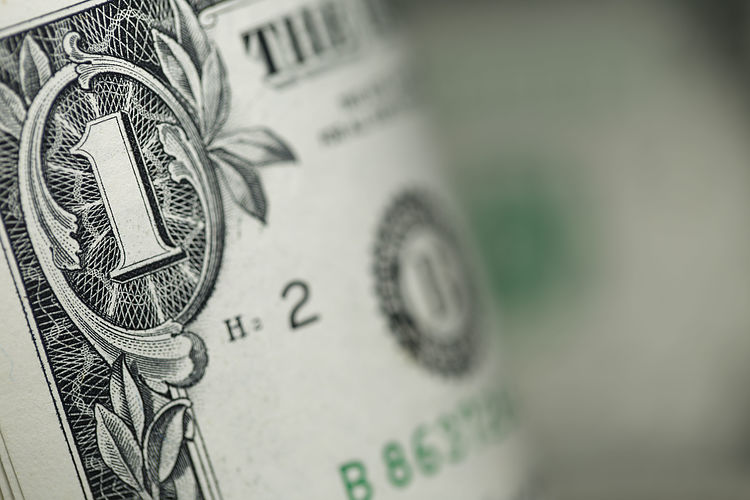- US Dollar dealt bad hand as market considers higher initial Fed rate cut.
- Market prices in high odds of a 50 bps cut at Wednesday’s FOMC meeting.
- Fed Dot Plot unlikely to validate an aggressive rate path.
The US Dollar Index (DXY), which measures the value of the USD against a basket of six currencies, is extending a corrective decline amid rising dovish expectations for the Federal Reserve’s (Fed) meeting on Wednesday. The DXY is trading lower for the third consecutive day, near 100.70, as the market prices in a decently high probability of a 50-basis-point cut.
With signs of a slowdown in inflation and cooling in the labor market, investors have grown confident in a 50 bps cut and over 100 bps of easing by year-end.
Daily digest market movers: US Dollar declines ahead of FOMC meeting
- Fed easing expectations surge ahead of Wednesday’s FOMC decision, buoyed by lukewarm inflation data.
- Analysts widely anticipate a 25 bps rate cut, but some project a bolder 50 bps move, while markets price in a 65% chance of the latter.
- Market expectations of 250 bps of easing over the next year are deemed excessive, with the Fed’s Dot Plot unlikely to support such an aggressive path.
- FOMC vote will be closely scrutinized for signs of internal divisions.
DXY technical outlook: DXY technical indicators resume bearish trend, signs of weakness emerge
Technical indicators for the DXY index have resumed their downward trend in negative territory. The index has broken below its 20-day Simple Moving Average (SMA), indicating a loss of buying momentum. The Relative Strength Index (RSI) is below 50, suggesting further declines. The Moving Average Convergence Divergence (MACD) is also trending lower, confirming the bearish outlook.
Support levels to watch are 100.50, 100.30 and 100.00, while resistance levels to consider are 101.00, 101.30 and 101.60.
Fed FAQs
Monetary policy in the US is shaped by the Federal Reserve (Fed). The Fed has two mandates: to achieve price stability and foster full employment. Its primary tool to achieve these goals is by adjusting interest rates. When prices are rising too quickly and inflation is above the Fed’s 2% target, it raises interest rates, increasing borrowing costs throughout the economy. This results in a stronger US Dollar (USD) as it makes the US a more attractive place for international investors to park their money. When inflation falls below 2% or the Unemployment Rate is too high, the Fed may lower interest rates to encourage borrowing, which weighs on the Greenback.
The Federal Reserve (Fed) holds eight policy meetings a year, where the Federal Open Market Committee (FOMC) assesses economic conditions and makes monetary policy decisions. The FOMC is attended by twelve Fed officials – the seven members of the Board of Governors, the president of the Federal Reserve Bank of New York, and four of the remaining eleven regional Reserve Bank presidents, who serve one-year terms on a rotating basis.
In extreme situations, the Federal Reserve may resort to a policy named Quantitative Easing (QE). QE is the process by which the Fed substantially increases the flow of credit in a stuck financial system. It is a non-standard policy measure used during crises or when inflation is extremely low. It was the Fed’s weapon of choice during the Great Financial Crisis in 2008. It involves the Fed printing more Dollars and using them to buy high grade bonds from financial institutions. QE usually weakens the US Dollar.
Quantitative tightening (QT) is the reverse process of QE, whereby the Federal Reserve stops buying bonds from financial institutions and does not reinvest the principal from the bonds it holds maturing, to purchase new bonds. It is usually positive for the value of the US Dollar.


